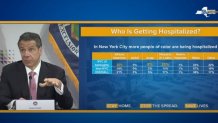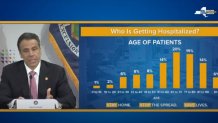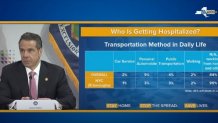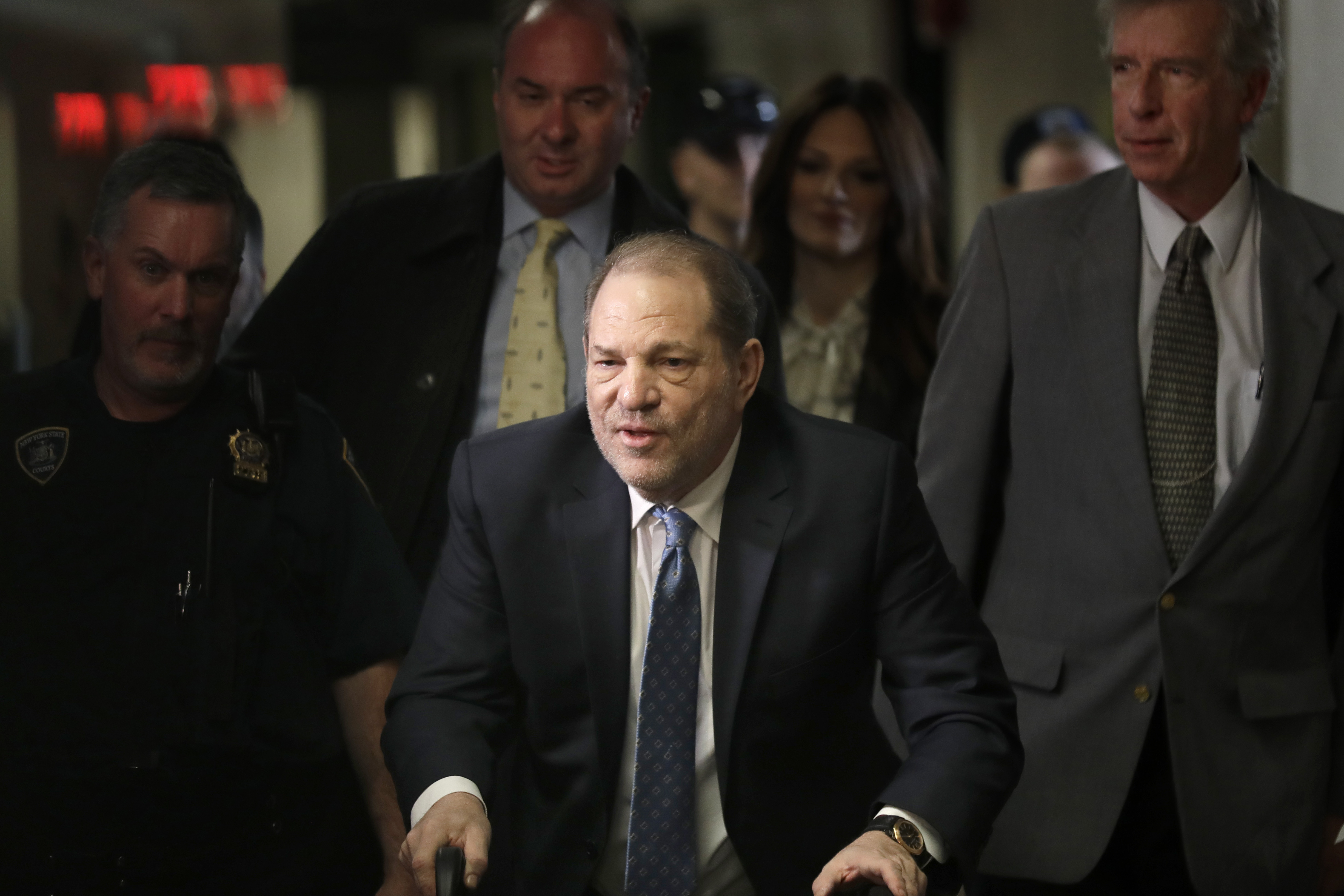What to Know
- Preliminary data compiled from over 100 New York hospitals over a three-day period suggest most new COVID-19 patients are older people of color who have been in their homes
- The preliminary data was compiled after 113 hospitals provided information of over 1,268 new COVID-19 hospitalizations
- The data was sought as Cuomo shifts his focus to the new cases coming into hospitals in an attempt to refine the state's containment strategy
Preliminary data compiled from over 100 New York hospitals over a three-day period suggest most new COVID-19 patients are older people of color who have been in their homes, according to data released by Gov. Andrew Cuomo during his Wednesday coronavirus briefing.
The preliminary data was compiled after 113 hospitals provided information of over 1,268 new COVID-19 hospitalizations. The data was sought as Cuomo shifts his focus to the new cases coming into hospitals in an attempt to refine the state's containment strategy.
Cuomo said the findings shed light on "where are those people coming from and what can we learn from those people to further target and refine our strategy."
Overall, the data of the days analyzed show most new admissions are of people who have mostly been staying home, with 66 percent of new hospitalizations being of individuals who were admitted from their own residences.

Of these new patients, the majority came from downstate New York. Cuomo called this fact "not surprising" since that specific region has been grappling with the highest number of COVID-19 cases in the entire state.
News
Additionally, the preliminary data shared by the hospitals show that the new patients were predominantly African American and Latino. The new infections were also coming from homes in low-income neighborhoods, data showed. A map from the NYC Health Department shows that between 42 and 59 percent of patients who reside in north-central Queens, southeast Brooklyn and Queens, and a large portion of the Bronx had tested positive.
"When you look at the racial breakdown of who is getting hospitalized, you’ll see it is disproportionately minorities. Disproportionately African American and Latino, again in downstate New York," Cuomo said. Both the state and New York City officials have previously discussed this alarming reality centered on minority communities having a higher rate of COVID-19 cases.

An analysis by NYU's Furman Center also suggests homes with more than one person per room are more likely to have higher infection rates.
"What we hypothesized is that it is this in-unit overcrowding that might be a driving factor in higher rates of positive cases," said Furman Center Executive Director Matthew Murphy.
Overall, a slightly higher percentage of males make up the new patients over the three-day span (52 percent male compared to 48 percent female). Additionally, most of them are older, which Cuomo explained was anyone above 51 years old.
"So that whole vulnerable population being old, well, old is now 51 and up. So think about that," Cuomo said.
The data showed that 14 percent of new patients hospitalized over the three-day span were 51 to 60 years old, 20 percent were between 61 and 70 years old, 19 percent were between 71 to 80 years old, 14 percent were between 81 and 90 years old and 6 percent were over 91 years old.

Of the new New York City hospitalizations, 90 percent have not been traveling by car service, personal automobile, mass transit or even walking around.
"We thought maybe they were taking public transportation and we’ve taken special precautions on public transportation, but actually, no because these people were actually at home," he said.
Furthermore, if these patients have been working, they've been doing it from home and apparently weren't going out much, the governor said.
According to the data, Cuomo said, "84 percent were at home. Were they working? No. They were retired or they were unemployed. Only 17 percent were working."

Cuomo went on to say: "We were thinking that maybe we were going to find a higher percentage of essential employees who were getting sick because they were going to work. That these may be nurses, doctors, transit workers. That’s not the case."
However, what all the facts show, according to Cuomo, is the need for continued precautionary measures -- including wearing a mask and using hand sanitizer -- as well as personal responsible, especially when it comes to protecting the most vulnerable.
"Now, [the data is] only three days. That’s about 100 hospitals, 1,000 people, but it reinforces what we have been saying, which is, much of this comes down to what you do to protect yourself. Everything is closed down. Government has done everything it could. Society has done everything it could. Now, it is up to you. Are you wearing the mask? Are you doing the hand sanitizer? If you have younger people who are visiting you or you may be out there and may be less diligent with social distancing, are you staying away from older people?," Cuomo said. "It comes down to personal behavior."



